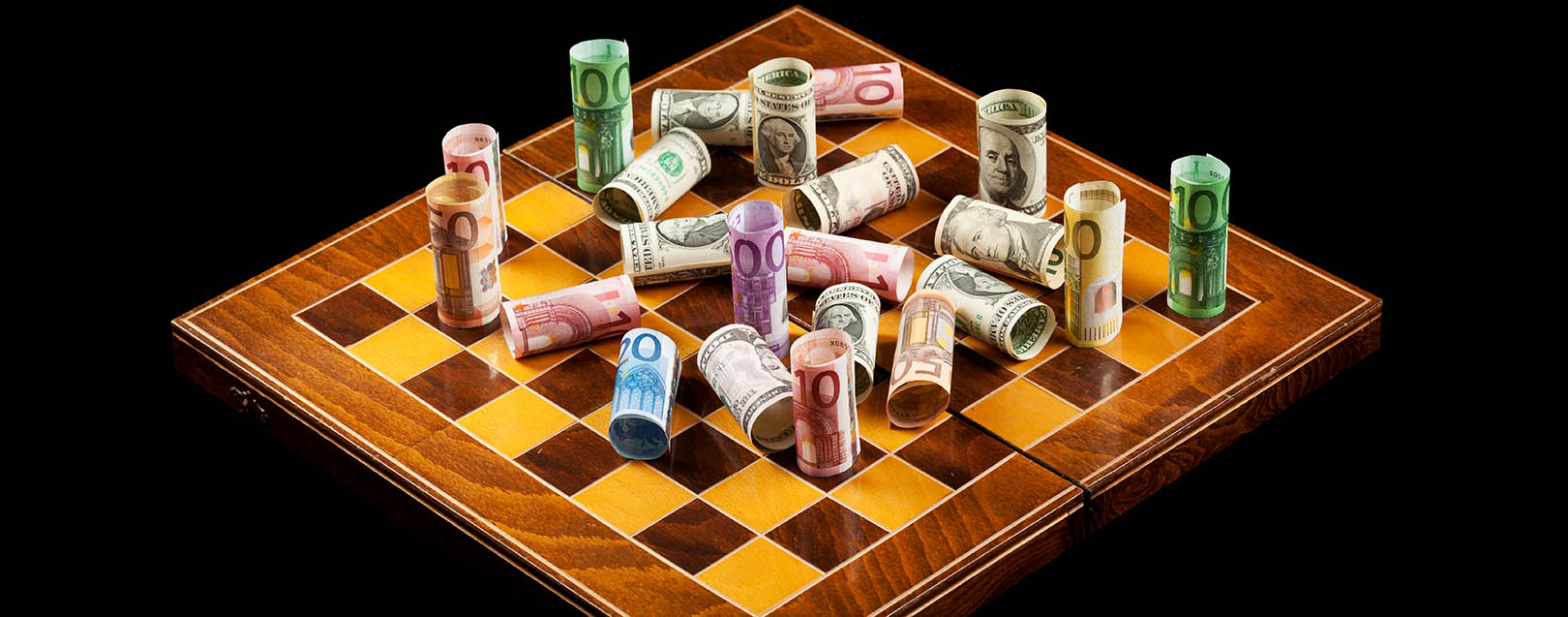
Upward movement of the franc was creating problems for the economy where exports constitute about 70% of the GDP
Manish K. Pandey | The Dollar Business
The euro is getting scourged. Recently, it slipped below 1.15 against the greenback, the lowest level since November 2003. Although euro had been constantly depreciating against US dollar since May last year, the big blow came only recently. On January 15, 2015, the Swiss National Bank (SNB) abandoned its exchange-cap rate against euro. Interestingly, since September 6, 2011 (the day SNB pegged Swiss franc – CHF – against euro), SNB had been buying about 2 billion euros almost every day to keep the currency at a floor of 1.20 francs (Citigroup estimates). While SNB’s move to unpeg CHF surprised foreign exchange markets across the globe, the euro languished. Besides its historic fall against US dollar, euro saw a three-month low against Japanese yen and a four-month low against Australian dollar on January 16, 2015. Not to say, euro too witnessed its biggest ever intra-day fall against CHF.
No matter how the world took it, but for SNB the reason was simple. “The minimum exchange rate was introduced during a period of exceptional overvaluation of the Swiss franc and an extremely high level of uncertainty on the financial markets. The measure protected the Swiss economy from serious harm. While the franc is still high, the overvaluation has decreased as a whole. As such maintaining a peg against euro is no longer justified,” says a release by SNB. Considering euro’s drastic fall against the greenback in a year, this reason by SNB officials sounds logical. SNB had pegged Swiss franc against euro with a clear motive – franc remains weak against euro and makes Switzerland an attractive sourcing destination. The decision was taken in 2011 when financial markets were in turmoil and investors were flocking to the franc, dramatically pushing up its value. This upward movement of the franc created problems for the economy where exports constitute about 70% of the GDP. To negate this SNB created more francs and started buying euros apart from pegging it against the euro. However, with euro depreciating considerably against greenback, SNB is now finding it hard to maintain the peg as it is doing more harm than good to the Swiss economy. But why now, and not earlier or later, is the question that puzzles many.
One reason could be SNB’s swelling balance sheet, which has more than doubled since 2011. And so has its forex reserves. Proponents fear printing more francs to buy euros and government bonds (mostly of troubled European nations) may lead to hyperinflation. Well, this logic seems nothing but trash. Factors like sinking oil prices, weak prospects for the eurozone, etc. point towards a low-inflation era. Even SNB has revised downwards its inflation forecast projecting inflation to fall 0.1% in 2015 before increasing timidly by 0.3% in 2016. In fact, this sudden appreciation of franc makes deflation a more likely phenomenon – a contradiction to SNB’s December quarter report that insisted that maintaining the exchange-rate cap was essential to keep deflation at bay.
Another factor that might have provoked SNB to abandon the EURCHF cap could be that it doesn’t want to get caught in the next wave of quantitative easing (QE) slated soon by European Central bank (ECB). The European Court of Justice has already cleared a possible legal obstacle by issuing a non-binding recommendation that “QE falls under the mandate of policymakers.” If ECB goes in for yet another round of QE, which is likely to happen soon and to the tune of €500 billion, considering SNB would have continued the peg, would have meant a huge influx of liquidity into the Swiss system (considered as safe haven). This will force SNB to print more francs for purchasing billions of more euros and in turn further expand its already swollen balance sheet, which is something the Swiss won’t like at the moment.
Interestingly, the move to remove the peg comes just 45 days after Swiss voters rejected the Swiss gold referendum, a proposal by Switzerland’s right-wing People’s Party (SVP), which if accepted would have required the central bank to keep 20% of its assets in gold. Hence, it could also be the fear of a rerun and in turn moving back towards a gold standard that prompted SNB to shift gears.
Whatever the reason, the fact remains – whenever policymakers have tried to manipulate macroeconomics to their benefits, it has almost always ended in tears. Onlookers spared SNB the whip when it adopted the cap. So, what’s bothering them now?
Get the latest resources, news and more...
By clicking "sign up" you agree to receive emails from The Dollar Business and accept our web terms of use and privacy and cookie policy.
Copyright @2026 The Dollar Business. All rights reserved.
Your Cookie Controls: This site uses cookies to improve user experience, and may offer tailored advertising and enable social media sharing. Wherever needed by applicable law, we will obtain your consent before we place any cookies on your device that are not strictly necessary for the functioning of our website. By clicking "Accept All Cookies", you agree to our use of cookies and acknowledge that you have read this website's updated Terms & Conditions, Disclaimer, Privacy and other policies, and agree to all of them.

